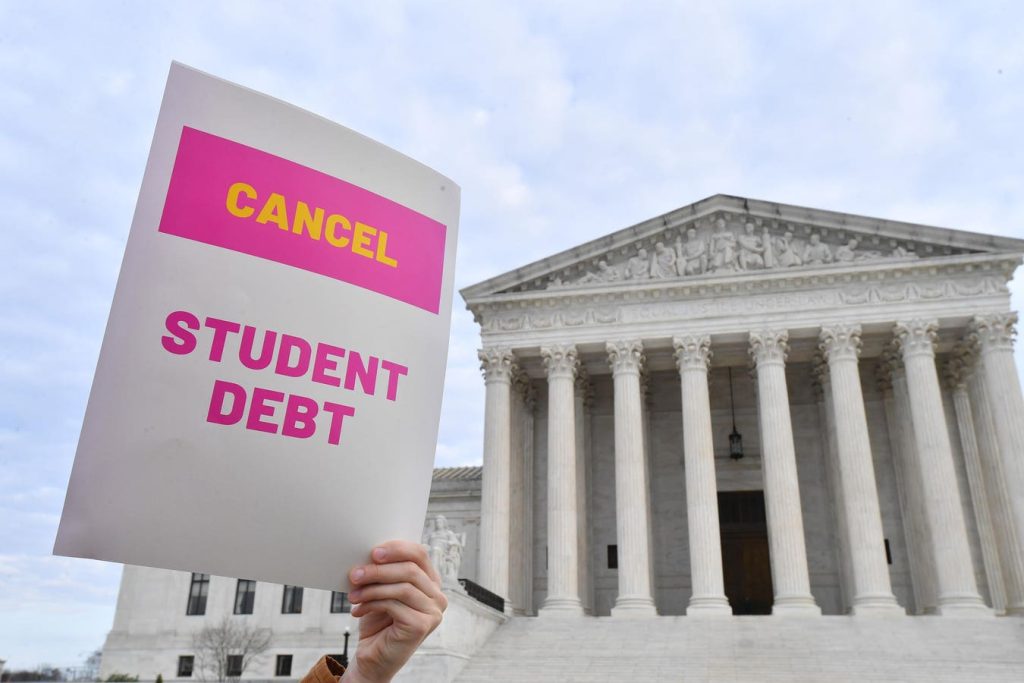The Education Department recently announced a new student loan cancellation plan as part of President Biden’s broader agenda. This plan, costing around $150 billion, aims to forgive debt for borrowers who meet specific conditions. This highlights the need for reform in the federal student loan program. President Biden’s original loan forgiveness plan, which would have discharged up to $20,000 for most borrowers, failed to pass a Supreme Court ruling in June. The new plan includes various components, such as income-based loan repayment programs and forgiveness for borrowers experiencing economic hardship, with costs in the hundreds of billions.
The latest proposal gives the Secretary of Education unlimited authority to cancel federal student loans, without the need for a formal rule-making process. It focuses on forgiving debts for borrowers falling into four categories, including those who owe more on loans than they did upon entering repayment and borrowers who attended programs that lost eligibility for federal loans due to poor student outcomes. Around 28 million borrowers out of 43 million people with federal student loans will receive some form of loan cancellation, with approximately $147 billion in costs. This plan may be seen as problematic as it does not address the root issues of the student loan system.
The proposal reveals major issues with the student loan system, as most borrowers eligible for loan cancellation will have accrued interest over time. This is partly due to government policies that allow borrowers to avoid repayment through forbearance, deferment, or default. The plan may benefit those who were harmed by the higher education system, but it does not address the core problem of the government’s unsustainable lending practices. Changes to limit borrowing amounts, hold colleges accountable for student outcomes, and reduce opportunities for repayment avoidance are needed for long-term reform.
While the loan cancellation plan may offer relief to some borrowers, it does not address the structural issues within the student loan system. The administration’s focus on debt forgiveness without addressing the root causes of student loan debt may lead to continued failures for borrowers and taxpayers. Fundamental changes to the loan program are necessary to prevent future crises and ensure that the government stops making bad loans. Without these reforms, the federal student loan program will continue to prioritize debt cancellation over sustainable solutions.
The plan, estimated to cost $147 billion, includes cancellation of accrued interest and forgiveness for borrowers who attended programs that failed to meet government standards. However, the proposal highlights the flaws in the student loan system, as many borrowers have accrued interest and debt due to government policies that allow repayment avoidance. While some borrowers may benefit from debt forgiveness, deeper reforms are needed to address the systemic issues within the federal student loan program and prevent future financial crises for borrowers and taxpayers.
Overall, the new student loan cancellation plan may offer relief to millions of borrowers, but it fails to address the underlying problems of the student loan system. The plan’s focus on debt forgiveness without addressing unsustainable lending practices and repayment avoidance may lead to continued failures for borrowers and taxpayers. Fundamental changes to the loan program, such as limiting borrowing amounts and holding colleges accountable for student outcomes, are necessary for long-term reform. Without these reforms, the federal student loan program will continue to prioritize debt cancellation over sustainable solutions.


